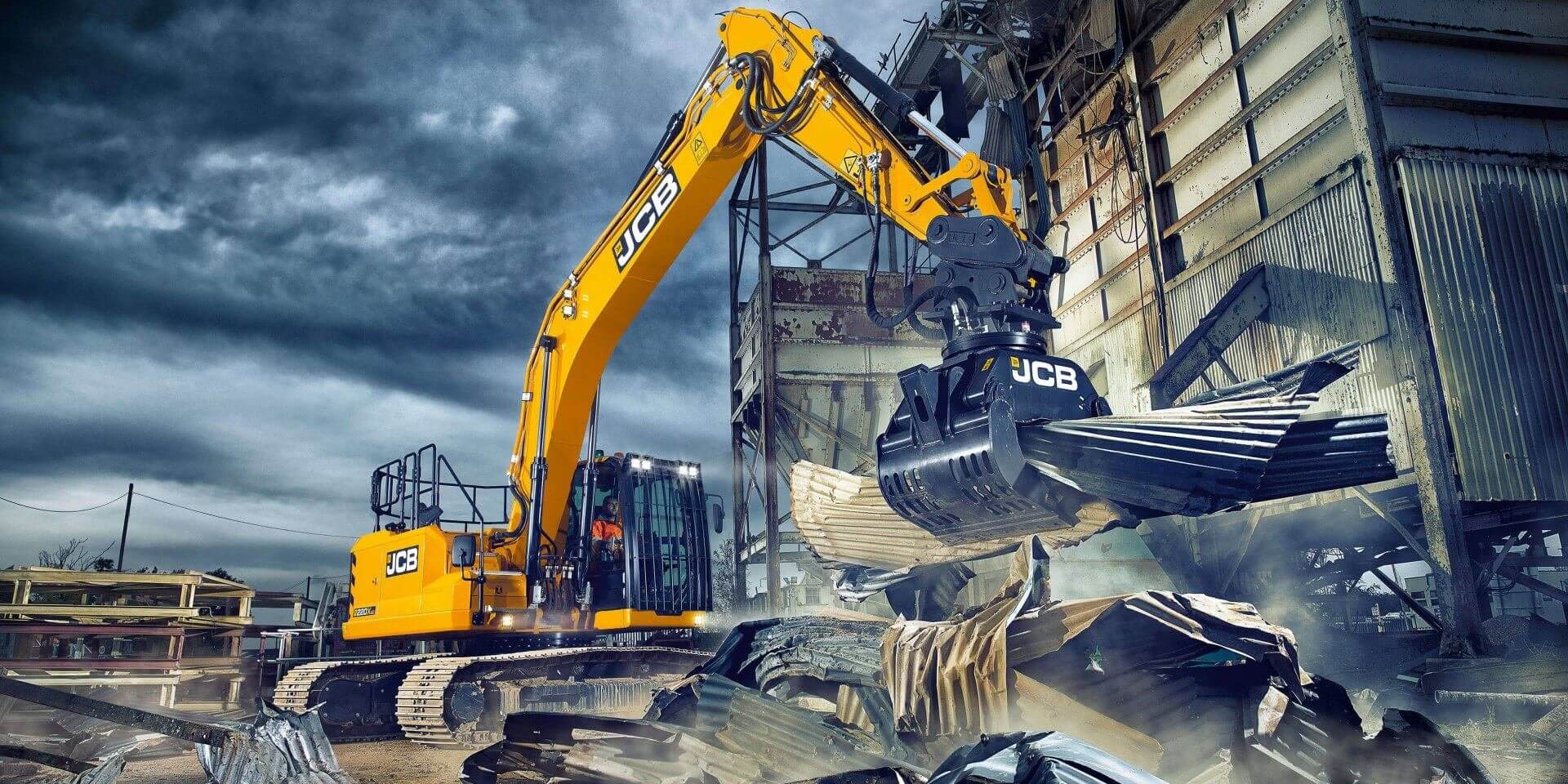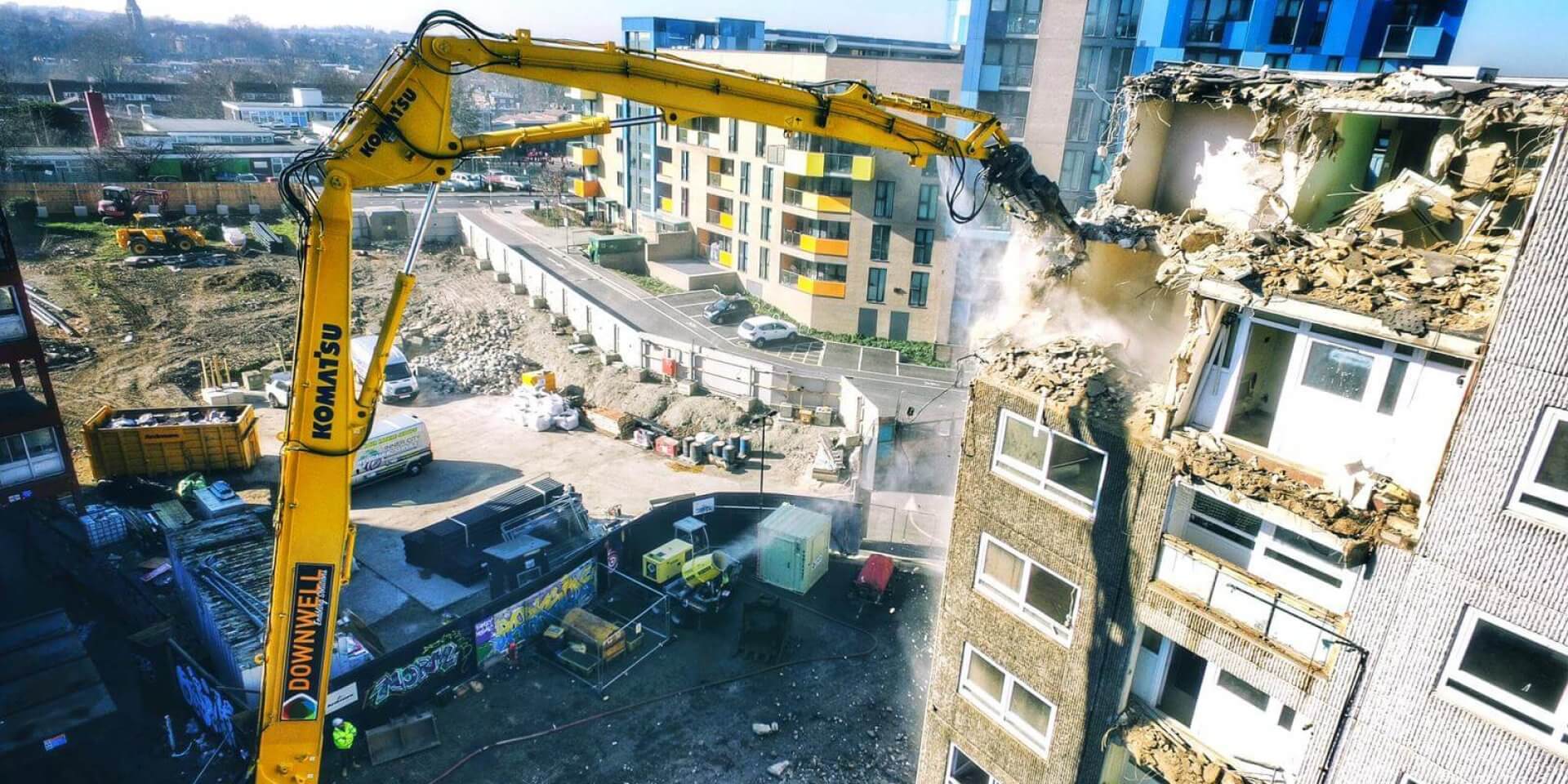City finally draws a line under an on/off saga of near-Biblical proportions.
 After months of delay, a unanimous Austin City Council chose the company Thursday it will pay to dismantle the Holly Power Plant, a hulking, shuttered mass of pipes, beams and boilers on the north shore of Lady Bird Lake.
After months of delay, a unanimous Austin City Council chose the company Thursday it will pay to dismantle the Holly Power Plant, a hulking, shuttered mass of pipes, beams and boilers on the north shore of Lady Bird Lake.
The council settled on TRC Environmental Corp. for the environmentally sensitive task. The $11.5 million job should start in July and take about 18 months, according to the city.
“I think it’s time to move forward,” Council Member Mike Martinez said, noting the troubled history of the plant, which the city decided to shut down in the early 1990s but remains standing, to the frustration of the East Austin neighborhood surrounding it. “This project is long overdue.”
The council’s decision comes after much questioning about how it chose a contractor. Late last year, city staff recommended hiring TRC, despite the fact the company’s $24.9 million bid was $6.1 higher than its nearest competitor. Company officials — and, at one point, former Mayor Gus Garcia, to whom the company initially directed media questions — defended the selection, saying other firms could not safely do the job for the prices they had quoted. Amid intensifying public scrutiny, the council delayed its scheduled Jan. 13 vote, which led to a second round of bidding.
TRC then sliced its offer to $11.5 million , again becoming city staff’s preferred choice. The change prompted some council members to question the credibility of the bid and led the chairman of the city’s Electric Utility Commission to declare at its April meeting, “This one stinks.”
Read more on this news story here, or read the background to this long-running saga here.





 After months of delay, a unanimous Austin City Council chose the company Thursday it will pay to dismantle the Holly Power Plant, a hulking, shuttered mass of pipes, beams and boilers on the north shore of Lady Bird Lake.
After months of delay, a unanimous Austin City Council chose the company Thursday it will pay to dismantle the Holly Power Plant, a hulking, shuttered mass of pipes, beams and boilers on the north shore of Lady Bird Lake. A demolition firm has admitted failing to take adequate precautions to protect workers and members of the public before it began knocking down a disused cinema in Liverpool, reports
A demolition firm has admitted failing to take adequate precautions to protect workers and members of the public before it began knocking down a disused cinema in Liverpool, reports 